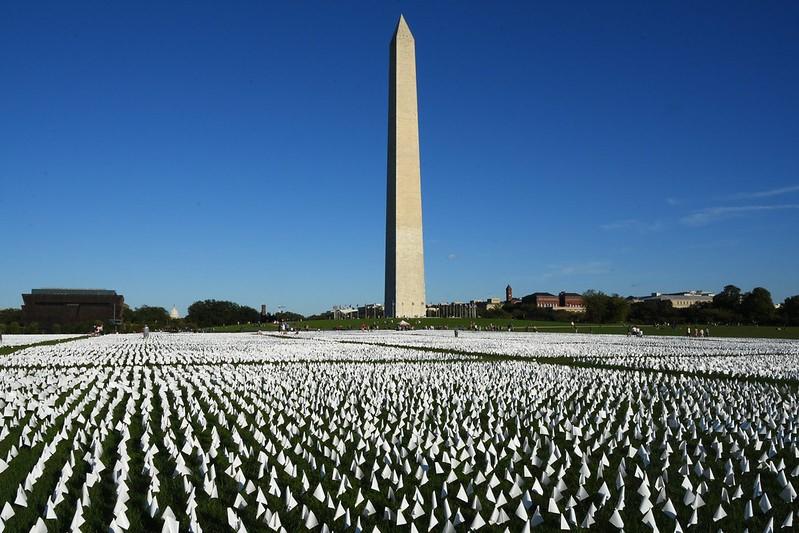A University of Pennsylvania-led study estimates that 1,179,024 excess US deaths occurred in the first 2 years of the COVID-19 pandemic, with excess mortality declining in metropolitan counties and rising in nonmetropolitan counties over the period.
For the study, published as a today in Science Advances, researchers used a model trained on data from 2015 to 2019 to estimate US all-cause excess deaths from March 2020 through February 2022 among 3,127 counties by month.
"Estimates of excess mortality, which compare observed deaths to those expected in the absence of the pandemic, suggest that the true death toll of the pandemic is much larger than indicated by official COVID-19 deaths alone," the researchers wrote. "Excess mortality is likely to provide a more accurate measure of the pandemic's impact for purposes of resource allocation and evaluating health disparities."
Variation by urbanicity, geography
An estimated 634,830 more people than expected died in the United States in the first year of the pandemic, and 544,194 died in the second year. Excess deaths decreased from 24.0% of expected deaths in the first year of the pandemic to 17.1% in the second year in metropolitan counties but climbed from 20.2% to 21.9% over the same period in nonmetropolitan counties. Excess deaths were highest in nonurban areas during the SARS-CoV-2 Delta variant wave (August to October 2021).
The decrease in relative excess mortality in large metropolitan areas between the first and second year of the pandemic was notable in the Middle Atlantic (30.6% to 10.7%), New England (17.6% to 5.8%), and Pacific (26.4% to 16.3%) Census divisions. The rise in relative excess deaths in nonmetropolitan areas was largest in the Pacific (6.6% to 19.1%), New England (6.0% to 12.7%), and Mountain (22.6% to 28.5%) regions.
Despite the strong efficacy of vaccines, gaps in uptake likely contributed to high excess mortality in 2021 and 2022, which may persist into the future if these vaccination gaps are not closed.
The regions with the highest relative excess deaths in nonmetropolitan areas in the second year were the Mountain (28.5%), South Atlantic (25.8%), East South Central (25.7%), and West South Central (25.0%).
The number of excess deaths in the second pandemic year was not much lower than in the first year, despite the availability of vaccines for much of 2021 and 2022. "Despite the strong efficacy of vaccines, gaps in uptake likely contributed to high excess mortality in 2021 and 2022, which may persist into the future if these vaccination gaps are not closed," the researchers wrote.
'Nobody is safe from this pandemic'
The authors called it the first study to estimate monthly excess deaths for all US counties in the first 2 years of the pandemic. "Despite the availability of vaccines, there were nearly as many excess deaths as in the first year, prior to the vaccine era," corresponding author Andrew Stokes, PhD, of Boston University School of Public Health (BUSPH), said in a BUSPH news release.
The reasons behind the sustained high numbers of excess deaths are multifactorial, according to Stokes. "The emergence of a rural disadvantage reflects a combination of social, structural, and policy factors, including a lack of state policies designed to protect communities at greatest risk for COVID-19 death, state disinvestment in rural health care and social programs, and vaccine hesitancy fueled by a toxic mix of partisanship and misinformation," he said.
The authors said that detailed data on excess deaths during the pandemic can help policymakers make good decisions on appropriate measures to help communities recover from the effects of COVID-19.
"When the pandemic started in large metro areas of the Mid Atlantic the rest of the country didn't think they would be affected and viewed it as a 'big-city' problem," coauthor Irma Elo, PhD, said in the release. "But what our findings really show is that nobody is safe from this pandemic. The spread may take time, but it's reaching all corners of the country. Investments in rural health and social infrastructure are urgently needed."




















